A small lake can be glimpsed through a narrow part of the forest belt of old willows and white poplars. With a loud splash of water, a multitude of storks and herons take flight from the lake and hide in the nearby trees. There are reeds and swamps all around, in which the tracks of wild boars and roe deer are clearly discernible. Several willow trees have been chewed on so much that they will collapse soon – beavers have been feasting here, too.
From the edge of this forest idyll there is a view of clear space. It is ruled by silence, with only the occasional frightened doe running through in search of shelter. There used to be a forest there, but it is gone now.
Forests along the big flatland rivers, such as Tisa, are very important for people and nature – they are vital to the conservation of drinking water sources, they provide protection from floods and are the habitat of numerous plants and animals.
However, there are very few such floodplain forests – as they called due to being in the floodplains of rivers – left in Europe. As much as 90% of their total surface area is gone and what is left is often in critical condition. Floodplain forests are considered the most endangered natural ecosystems in Europe, which is why the European Habitats Directive marks them as “the priority type of forest habitat.”
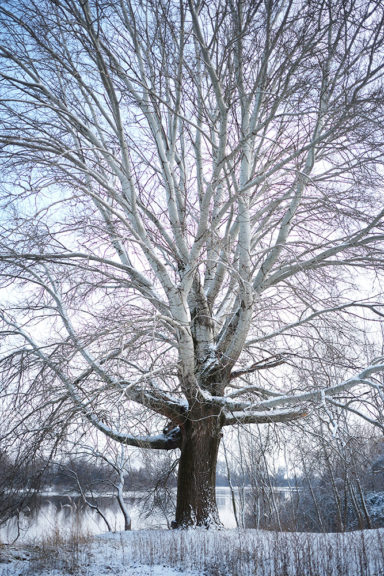
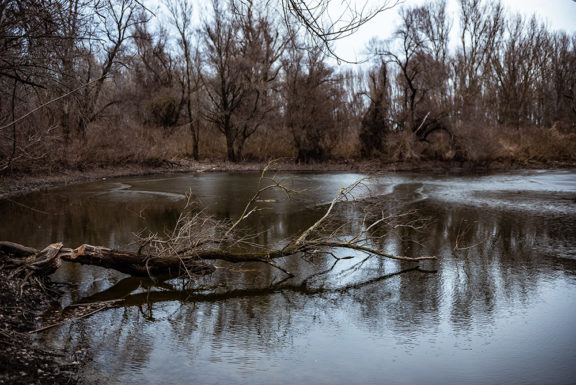
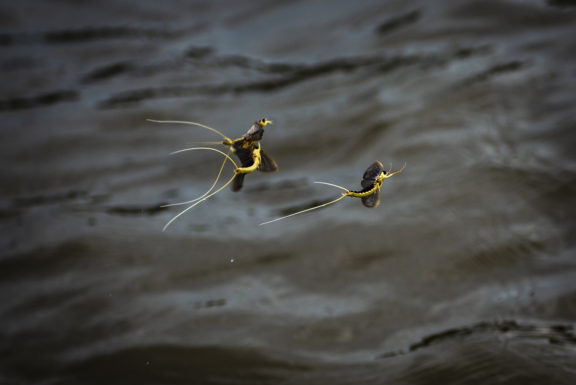
In many places in Europe, floodplain forests have been replaced with plantations of trees used in the wood processing industry. They are hybrids created by the crossing of the American and European black poplars, which are more productive, i.e. made to grow faster, be more resistant to diseases and ready for cutting sooner.
Entire ecosystems disappear in this way, Saša Rajkov, an ecologist of the Novi Sad Center for Biodiversity Research, told the Center for Investigative Journalism of Serbia (CINS).
“In the sense of consequences for nature, there is no particular difference between conversion (a forest, journalist’s note) into agricultural land and planting hybrid poplars. All that is left of a forest is the legal term ‘forest land’ in the cadaster. A row of hybrid poplars has as much structure of an ecosystem as a row of utility poles on a street,” Rajkov explains.
The 2019 report of the European Environment Agency (EEA) says that some European rivers, including Tisa, have lost nearly 100% of their former floodplains.
Ornithologist Milan Ružić from the Bird Protection and Study Society of Serbia says that few rivers in Serbia have changed as much as Tisa, that people have taken away the floodplain and turned it into arable land and plantations. He believes that the hybrid wood has been made, among other things, for the purposes of the lumber industry, and that it does not favor the birds that are the most valuable and most important to us, which are on national and global red lists, such as the white-tailed eagle, the black stork and various other species.
“The black stork cannot make its nest hidden in the forest in any tree. It needs a tree with a branched crown, with large and strong lateral branches, which poplar clones do not have,” Ružić adds.
The tawny owl has a similar problem, he explains, as it cannot find a hollow in trees with a 30-centimeter diameter that will be cut the following year, or even in 40 years. It needs a tree that is at least 60 to 70 years old, which has a hollow where it can nest and use for the next 20 years while it eats rodents with its family which, Ružić underscores, is a very important factor for a forest, so that rodents do not multiply excessively.
Hybrid forests also benefit the insects and plant species that are non-native.
According to representatives of the Institute for Nature Conservation of Vojvodina Province, these invasive species come from remote parts and have no enemies in our country (parasites, diseases etc.) and successfully compete with the native species for resources (water, light, nutrients). They are capable of overgrowing and thereby destroying natural plant communities and completely changing habitats.
“If we have a forest that is natural, where there is stratification, where there is a large cover, a forest that is untouched, invasive plant species have a much harder time developing in it because they have a lot of competition,” Milan Ružić explains.
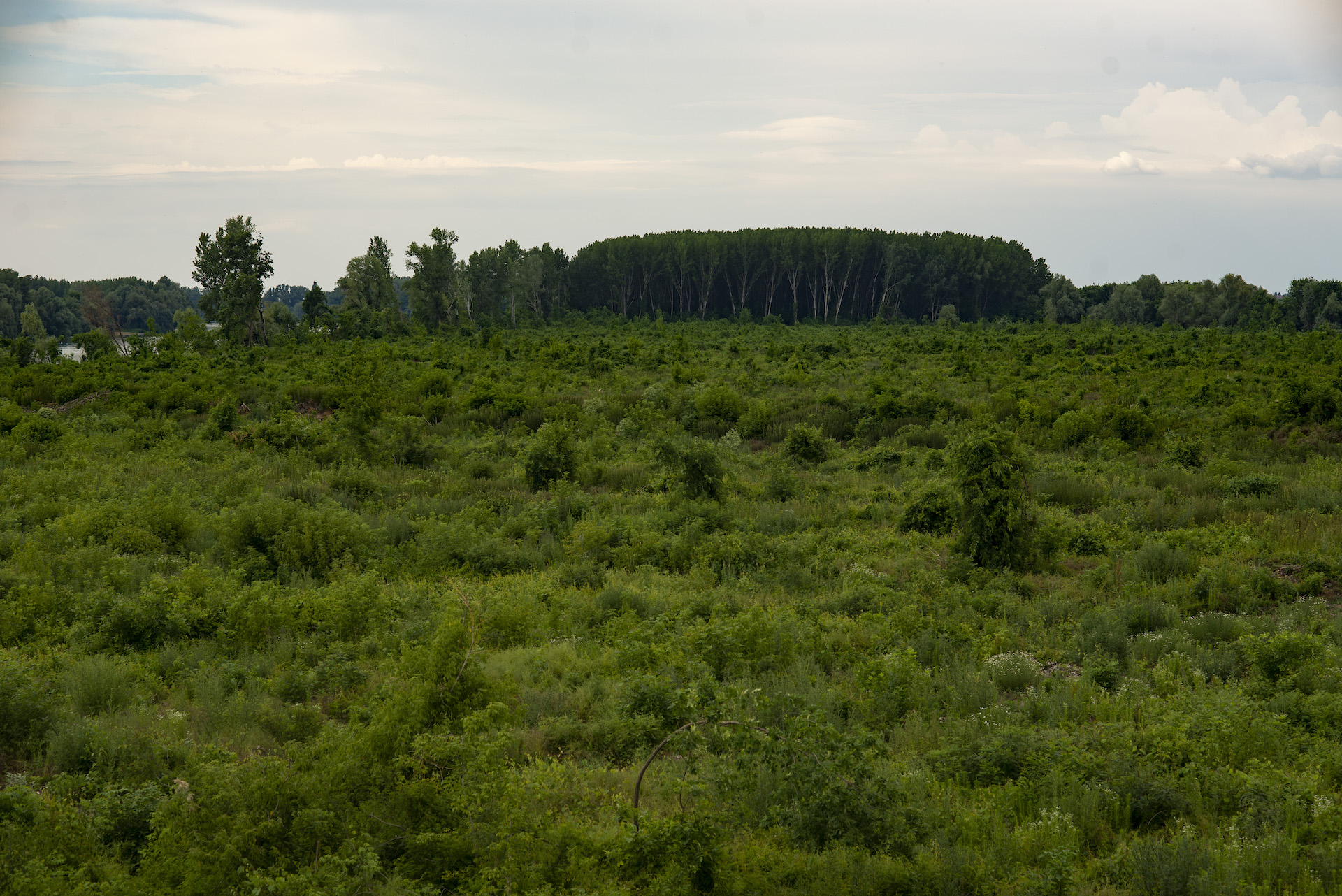
Floodplain forest restoration a trend in Europe, but not in Serbia
Poplar cultivation in Serbia began developing intensively back in the mid-20th century, for industry purposes. The Šume (Forests) magazine, published by Public Company Srbijašume, in 2002 published the information that hybrid plantations accounted for 45% of forests in Vojvodina.
The companies in charge of the plantations are the Vojvodinašume public company, which manages most of the state-owned forests in Vojvodina, and the Vode Vojvodine water management company, which primarily focuses on the protective function of floodplain forests (protection from floods, erosion and torrents). These companies cooperate with the Institute of Lowland Forestry and Environment, and in the words of the Vojvodinašume executive director for forestry, ecology and development, Marko Marinković, that company is developing new hybrid poplar sorts together with the Institute.
Marinković told CINS that they respected views on environmental protection and were intensively working on harmonizing different interests.
According to him, the environmental conditions of the natural habitats of floodplain forests – natural poplars, willows and the common oak – changed conspicuously in the past, which largely contributed to their being replaced by hybrid poplars.
“Due to changes in hydrological regimes, the most endangered are the natural populations of the domestic black poplar, which is having difficulty with generative reproduction in existing natural conditions, which jeopardizes its biological survival to a great extent,” said Marinković.
However, Francine Hughes, an emeritus reader in wetland ecology and conservation at the Anglia Ruskin University in Cambridge, UK, told CINS that if floodplain forests had lost the power to regenerate on their own, that could be achieved by restoring the area they were in.
Example of good practice – Austria’s Donau–Auen National Park
With a surface area of over 9,600 hectares, the Donau–Auen National Park in Austria is the biggest floodplain lowland forest complex in central Europe, in almost pristine natural condition. Marsh forests account for close to 65% of the park and are abundant in endangered tree species – white and black poplar, 15% are meadows, while the riverbed accounts for about 20%. It boasts extremely rich biodiversity and is home to many endangered plant and animal species. It also serves as natural storage for floodwater and guarantees quality drinking water. It is dubbed the “green lungs” and climate regulator of the region.
Protection of this floodplain went through several stages, from 1978 when it was declared a UNESCO biosphere reserve to 1996, when it was given national park status. Today, there are no intensive forestry activities or commercial hunting, only restoration. According to the park’s official website, the only one entitled to bringing down trees is the beaver.
“Restored hydrological regime provides new sediment deposits, and some species, like for example the black poplar, need fresh sediments with plenty of sunlight to be able to regenerate,” Hughes explains.
Even though Vojvodinašume in March 2008 decided to ban the conversion of natural forests into hybrid plantations, no work is being done yet to seriously restore them, which is a trend in Europe and the world.
In line with a cooperation agreement with the Institute of Nature Conservation of Serbia, Vojvodinašume is obliged to turn a portion of the plantations back into natural forests. According to the agreement, the Institute selects the plantations which, after the trees’ technical maturity has expired and they are cut, Vojvodinašume is to turn into natural forests.
Marko Marinković says that turning highly productive plantations into natural forests causes financial damage to the company, but points out that there needs to be well-balanced and conserved biodiversity.
Nonetheless, despite the conversion of plantations back into natural forests, the goal is not their conservation, rather these forests are still regenerated through the application of the clearcutting method, i.e. all or almost all the trees in an area are cut down, not just certain selected ones. The result is habitat fragmentation of an ecological corridor and the impoverishment and endangerment of biodiversity.
Bojan Tubić, a forestry engineer at Vojvodinašume, says that forests that have been converted back into natural ones are managed the same as before:
“They are not under any kind of protection, rather the species has simply been changed, but they are still managed with measures determined for a particular species. If it is, for example, the white poplar, that includes clearcutting. These forests are certainly not left to some natural process of dying out.”
Tubić adds that the aim is for poplar clones to be where they have the biggest yield, i.e. for places that are not the most suitable for the hybrid poplar to be returned to natural species (white poplar, narrow-leaved ash, common oak, etc.).
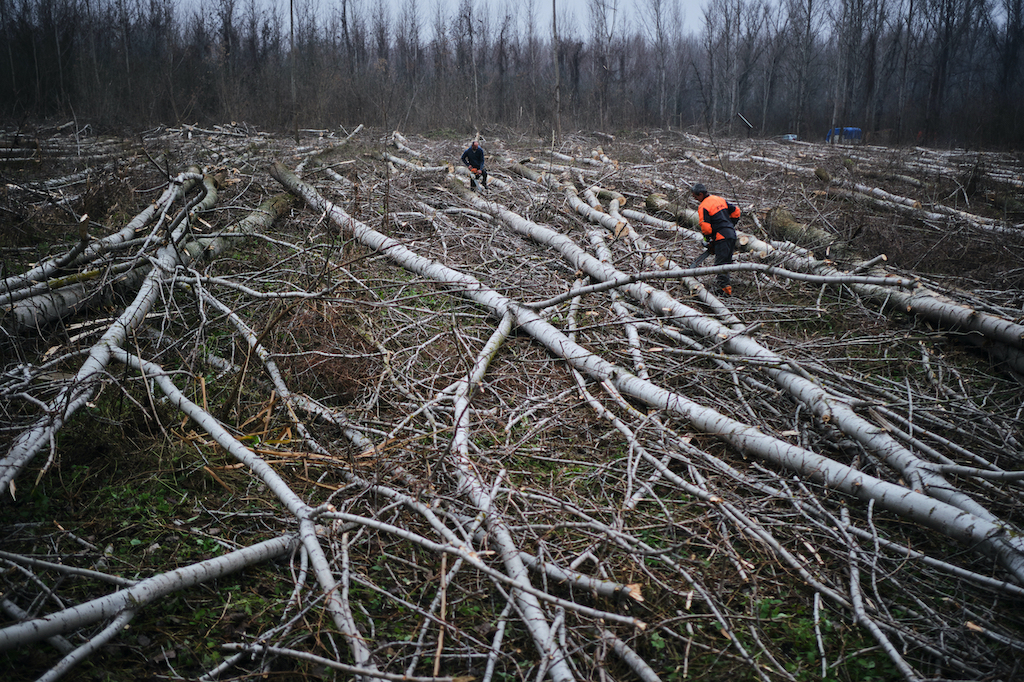
Francine Hughes says that there is a trend of managing forests “close to nature,” and so replacing clearcutting with the cutting of individual trees as a forest restoration method is encouraged. This trend also supports natural regeneration instead of planting, as well as turning a single-species forest into a mixed one.
Tisa ecological corridor in jeopardy
An ecological corridor is a path, i.e. a link between protected areas and environmentally important areas, which enables the free flow of animals and plants. The Tisa River accounts for 20% of surface area of the Tisa ecological corridor, which is an internationally important corridor, while the rest are floodplain forest areas, levees, as well as former parts of the floodplain that are important for the functioning of the corridor.
According to Institute for Nature Conservation of Vojvodina Province data, natural floodplain willow and poplar forests cover just 7% of this corridor, while common oak forests account for just 0.14%.
Floodplain forests are actually a mixture of forests and wet meadows, which make up a mosaic-like structure. The main goal of corridor protection is precisely the conservation of this mosaic-like structure which provides shelter and food for numerous species in forest, grassland and swamp habitats.
Parts of the Tisa ecological corridor are a part of the Natura 2000 European network of nature protection areas, which Serbia will start to apply after it has joined the European Union. Natura 2000 is the most important mission of the European Union policy pertaining to the conservation of natural and biological diversity.
However, converting natural floodplain forests into hybrid plantations and clearcutting directly endanger the passability of an ecological corridor, which is then interrupted for forest habitat species.
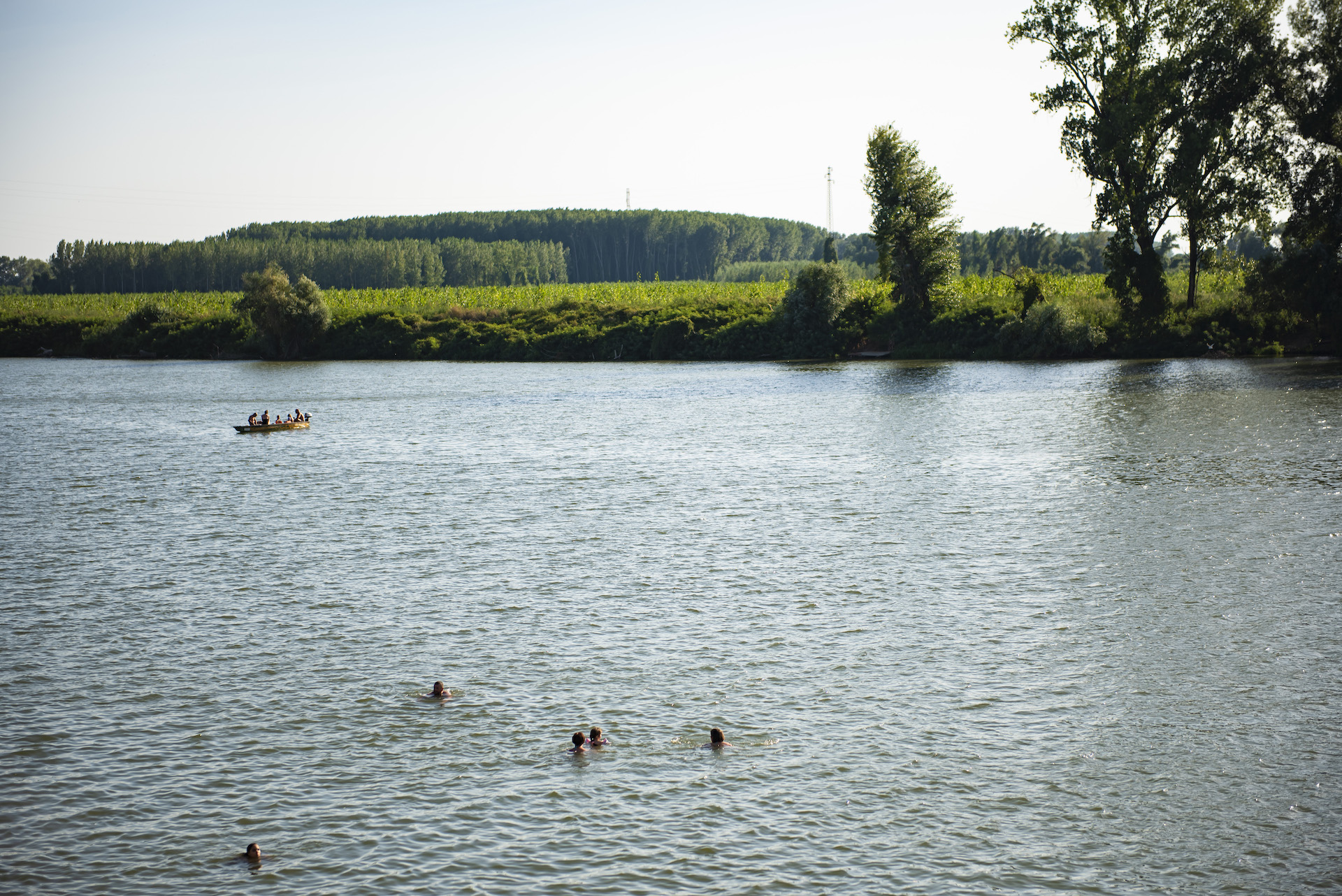
Ana Iñigo and Pavol Polak, who are leading the Natura 2000 project in Serbia, say that the biodiversity of floodplain forests is unique and that many plant and animal species are closely tied to them.
“The current floodplain forests represent only a fraction of their original distribution and therefore represent a kind of inland islands for the life of species adapted to this environment,” they said.
Iñigo and Polak point out that intensive management of forest plantations also has a negative impact on the water regime that is very important for the survival of floodplain forests and believe that all the relatively well-preserved parts of natural floodplain forests should be placed on the list of potential Natura 2000 habitats in Serbia.
Floodplain forests are important in combating climate change
Data provided by the Center for Research on the Epidemiology of Disasters (CRED) indicate that over the last 30 years floods have been the dominant natural disaster in Serbia, with a growth tendency. CINS reported earlier on the scientists’ position that the increasingly frequent extreme weather conditions, such as heavy showers, floods, but also droughts and wildfires, are in fact a result of climate change.
The EEA says in its 2019 report that floods are one of the costliest natural disasters in Europe. At the Bonn Climate Change Conference in 2017, former Serbian environmental protection minister Goran Trivan said that floods were the second biggest cause of large-scale damage in Serbia, and that climate change caused the state damage upwards of five billion euros between 2000 and 2015.
However, the EEA adds that the risk of floods is higher in urban environments and considerably lower in natural floodplain areas. A floodplain has the capacity to absorb and store water and so it is extremely important where floods are concerned.
Daniela Stojković Jovanović, an observer at the International Commission for the Protection of the Danube River and a member of the World and Danube NGO, warns that due to the urbanization of floodplains, nearly 90% of floodplain forests have been cut off from rivers by levees. The consequences include higher flood waves on rivers, while forests that are cut off from rivers by levees become dry because they do not have enough moisture in the summer.
Sustainable forest management – forest certification
Alen Kiš of the Institute for Nature Conservation of Vojvodina Province explained in a reply to CINS how to tell if a product (e.g. furniture) was made of wood from a sustainably managed forest.
According to him, there are two global forest stewardship certification systems in the country: the FSC (Forest Stewardship Council) and PEFC (Program for the Endorsement of Forest Certification).
“The FSC certificate includes, among other things, the obligation of establishing buffer zones along waterways, roads and settlements. These close to nature belts are especially important in monocultures (e.g. hybrid poplar plantations), within which they are habitats and ecological corridors. The conservation of forest belts along waterways, 10 to 30 meters wide, is necessary for preserving the passability of forest corridors and protection of water quality, especially in periods of clearcutting and renewal of forest stands.”
Vode Vojvodine does not have the FSC certificate for sustainable forest management, while Vojvodinašume does.
A forest is an ecosystem, ecologist Saša Rajkov explains:
“A preserved ecosystem can more easily endure climate change than a disrupted and altered one. (…) We need long-term thinking. The fight against climate change entails preserving the resilience of the ecosystems around us, because they are the main defense against the consequences already coming up.”
Representatives of the Institute for Nature Conservation of Vojvodina Province say that an ecological corridor plays a very important part in adaptation to climate change in two ways – the good condition of natural areas increases their capacity to go back to their original state after negative effects, and, secondly, quality corridors enable migration whereby populations endangered by climate change can move toward areas with better living conditions.
When it comes to the causes of climate change, carbon dioxide (CO2) is a major problem.
Officials of the Ministry of Agriculture, Forestry and Water Management underline that plantations have “a greater volume increment and in that regard incomparably higher absorption and storage of CO2 than naturally created forests.”
Mentor: Milica Šarić
This article was created with the support of WWF Adria-Serbia in the project titled Climate Pact for Impact financed by the Government of Sweden. The sole responsibility for the content of the article lies with the author and does not necessarily represent the views of WWF Adria-Serbia or the donors.
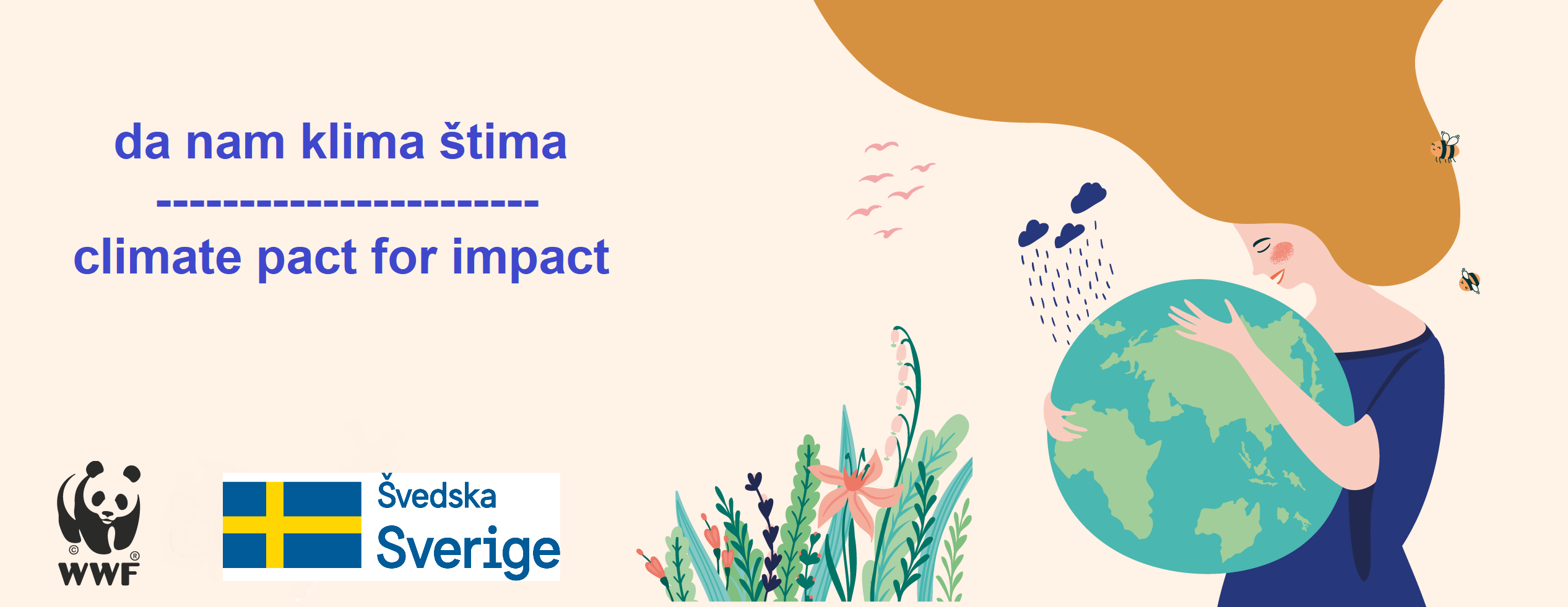
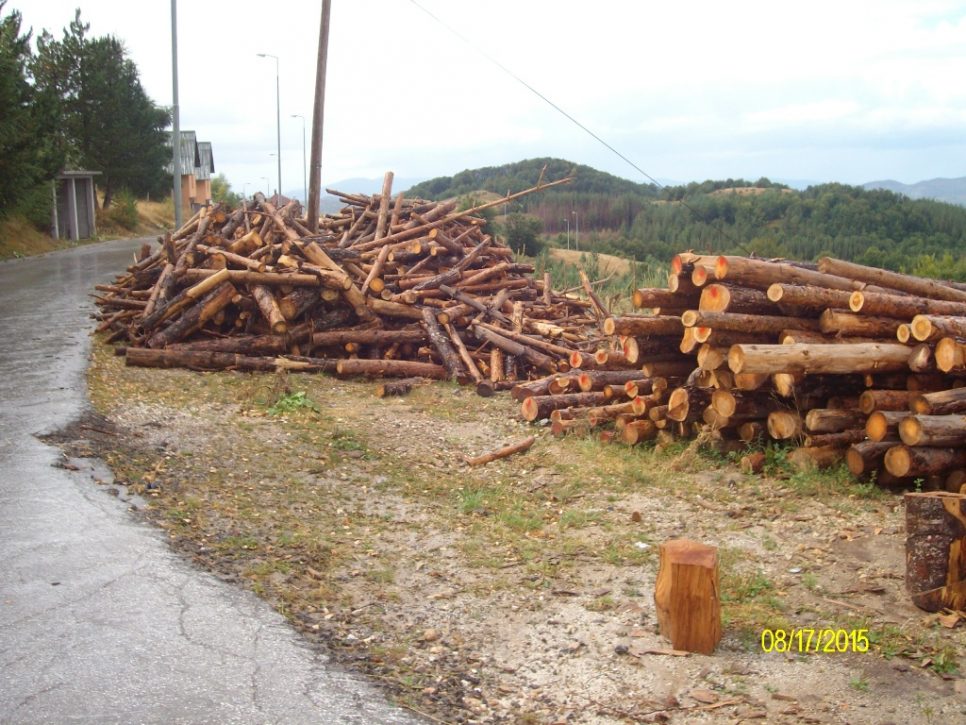

What do you think